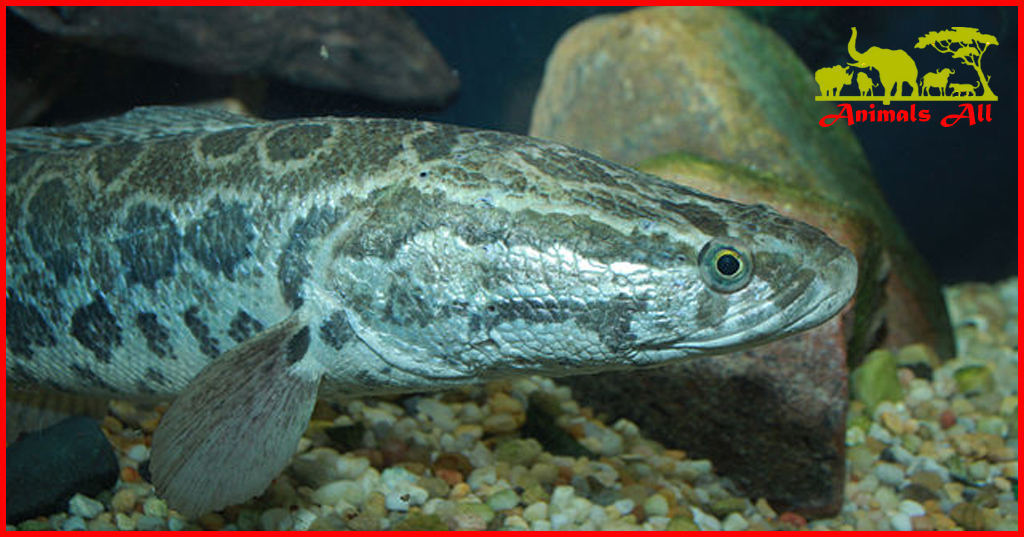
The snakehead fish, which is rampant in the United States
In recent years, the impact of alien species on the ecological environment has become increasingly serious. From the rampant spread of Asian carp in the United States to the rapid spread of snakehead fish in many provinces and regions in China, the threat posed by these invasive organisms to the ecological balance of water bodies cannot be ignored. In particular, the southern snakehead, with its ferocious habits, amazing reproductive capacity and wide-ranging diet, has not only caused great trouble to the US fishery department, but has also begun to pose a serious challenge to China’s local ecology.

The southern snakehead fish is named after its snake-like head. It is native to Southeast Asia, but has spread to many parts of the world in recent years. They first appeared in China on a large scale because of artificial breeding, but soon escaped from the breeding ponds into the wild environment. Their ferocious habits and strong adaptability allowed them to quickly take root and spread in local waters. Take Yunnan as an example. In 2009, southern snakehead fish had not yet appeared in the local area. But a wild population was formed just one year later. By 2012, southern snakehead fish had been “ubiquitous”

The spread of southern snakehead fish is much faster than that of many alien species. This is not only related to its biological characteristics. But also closely related to the suitable climate in some parts of my country. This fish has high requirements for water quality and usually reproduces in clean waters. However, once the conditions are met, their number will explode, posing a huge threat to native species.
China’s native snakehead fish has always been the top predator in the food chain in rivers, lakes and reservoirs. But it seems powerless in front of the southern snakehead fish. The southern snakehead fish is not only flexible and swift, but also has a strong hunting ability. They can sneak up on others or swim quickly to hunt, and almost any creature can become their prey. This “all-round hunter” quickly devours the food resources in the water in a short period of time, resulting in a significant reduction in the number of native fish such as snakehead fish.

The disappearance of snakehead fish does not only mean the extinction of a species. But is also likely to cause the collapse of the entire aquatic ecosystem. The rampant spread of southern snakehead fish has caused a sharp decline in biodiversity in the aquatic area, bringing far-reaching impacts to the ecological environment.
In addition, the pattern of damage to the ecosystem caused by southern snakehead is similar to that of another alien species, the catfish, but its spread is much faster than that of the latter. Catfish mainly rely on sucking algae to survive, and their impact on other fish is relatively indirect, while southern snakehead directly impacts the food chain in the water through predation, which is more destructive.
The southern snakehead is not only rampant in China, but has also posed an ecological crisis in the United States. In American waters, Asian carp were once considered the “number one threat” due to their amazing reproductive capacity and monopolization of food resources. However, in recent years, the southern snakehead has spread faster and has been more destructive. Southern snakehead can survive in an oxygen-deficient environment. That can even leave the water for a short period of time. Which allows them to easily adapt to the diverse water environments in the United States.
The spread of southern snakehead in the United States has caused a huge impact on local fisheries. Once they enter a certain area of water, they will quickly occupy the ecological niche, causing a sharp decline in the number of native fish and destroying the ecological chain. Many states in the United States have had to take extreme measures. Such as “killing orders” to try to control its spread, but the effect is not significant.
From the spread of southern snakehead in China to the ecological crisis it caused in the United States. This incident once again sounded the alarm about the invasion of alien species. The balance of the ecosystem is very fragile, and the slightest carelessness. It cause the entire system to fall into disorder. The spread of alien species not only endangers the survival of native organisms. But may also cause huge losses to economic activities such as agriculture and fisheries.
In the process of protecting the ecological environment, we need to learn lessons and strengthen. The prevention and control of alien species. In the face of “ecological invaders” such as Channa bream, we must not only curb their spread at the source, but also take scientific and effective governance measures to prevent the ecological crisis from further deteriorating.
The problem of southern snakehead invasion is not only an ecological challenge. But also a test of human ability to manage the natural environment. It makes us realize that protecting the ecological environment. It requires global cooperation and action. Also requires everyone to start from themselves and contribute to protecting nature.
.


One thought on “The snakehead fish, which is rampant in the United States”